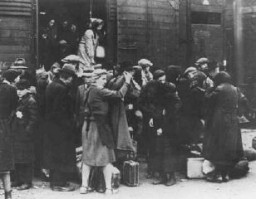You searched for: 买球平台,买球网站,买球官网,世界杯买球网址,【世界杯买球官网∶22kk55.com】网上买球规则,网上买球技巧,网上买球地址,2022世界杯怎么买球,如何买球,【赌球平台推荐∶22kk55.com】网址ZCCDBADDgBkn0CEg
<< Previous | Displaying results 31-40 of 249 for "买球平台,买球网站,买球官网,世界杯买球网址,【世界杯买球官网∶22kk55.com】网上买球规则,网上买球技巧,网上买球地址,2022世界杯怎么买球,如何买球,【赌球平台推荐∶22kk55.com】网址ZCCDBADDgBkn0CEg" | Next >>
-
Wedding in the Bad Reichenhall displaced persons' camp
PhotoPhotograph taken during the wedding of Ibby Neuman and Max Mandel at the Bad Reichenhall displaced persons' camp. Germany, February 22, 1948.
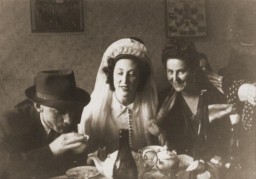
-
HIAS immigration certificate
PhotoHIAS immigration certificate issued to Manius Notowicz in Munich, Germany. The document states that Notowicz will travel on the Marine Flasher on February 22, 1947, to New York City.
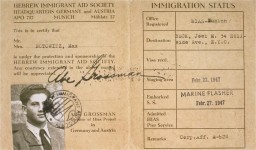
-
International Holocaust Remembrance Day
ArticleJanuary 27, anniversary of the liberation of Auschwitz, is designated by the United Nations General Assembly as International Holocaust Remembrance Day (IHRD).
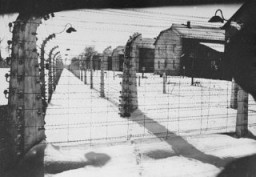
-
1943: Key Dates
ArticleExplore a timeline of key events during 1943 in the history of Nazi Germany, World War II, and the Holocaust.

-
War Refugee Board: Background and Establishment
ArticleIn January 1944, FDR established the War Refugee Board which was charged with “immediate rescue and relief of the Jews of Europe and other victims of enemy persecution.”
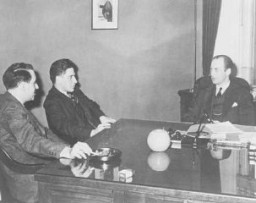
-
Elie Wiesel Timeline and World Events: 1928–1951
ArticleSurvivor Elie Wiesel devoted his life to educating the world about the Holocaust. Learn about key events in the world and his life from 1928–1951.
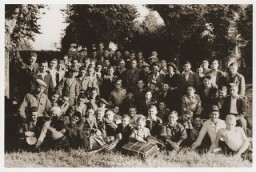
-
Fürstengrube
ArticleLearn about Fürstengrube subcamp of Auschwitz, including its establishment, administration, prisoner population, and forced labor and conditions in the camp.
-
The Holocaust and World War II: Key Dates
ArticleRead a detailed timeline of the Holocaust and World War II. Learn about key dates and events from 1933-45 as Nazi antisemitic policies became more radical.

-
World War II in Europe
ArticleWorld War II lasted from 1939 to 1945, when the Allies defeated the Axis powers. Learn about key invasions and events during WWII, also known as the Second World War.
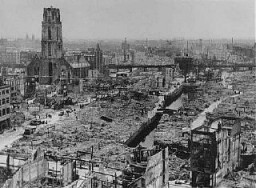
-
1944: Key Dates
ArticleExplore a timeline of key events during 1944 in the history of Nazi Germany, World War II, and the Holocaust.
